Featured in
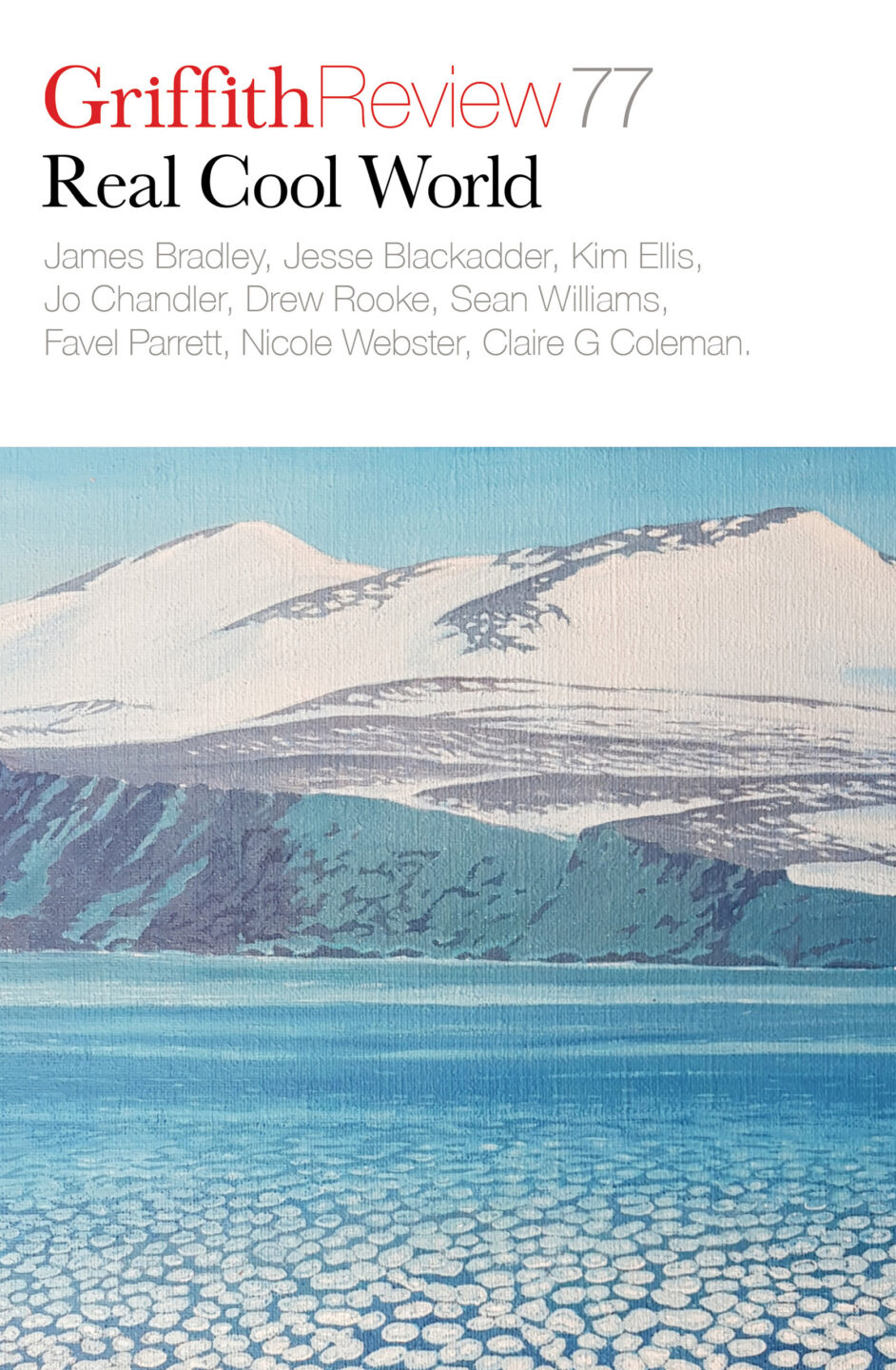
- Published 20220503
- ISBN: 978-1-922212-74-0
- Extent: 264pp
- Paperback (234 x 153mm), eBook
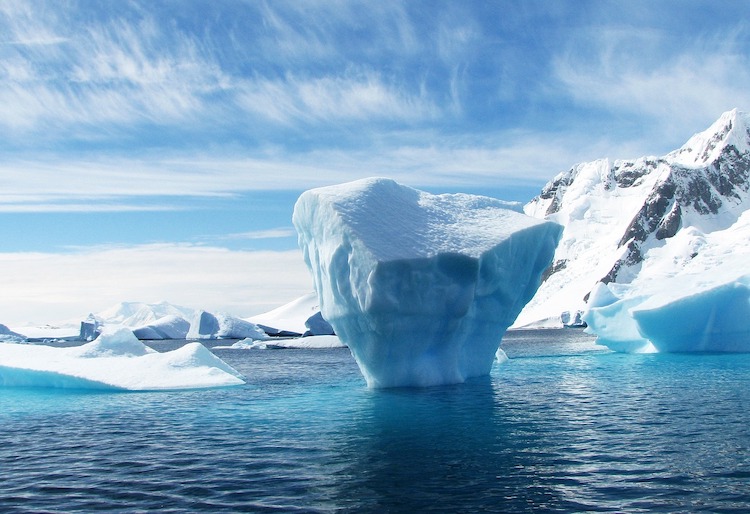

Already a subscriber? Sign in here
If you are an educator or student wishing to access content for study purposes please contact us at griffithreview@griffith.edu.au
Share article
About the author

Alessandro Antonello
Alessandro Antonello is a historian at Flinders University, Adelaide. His research investigates environmental and international histories of Antarctica, the global cryosphere, and oceans. His book The...
More from this edition
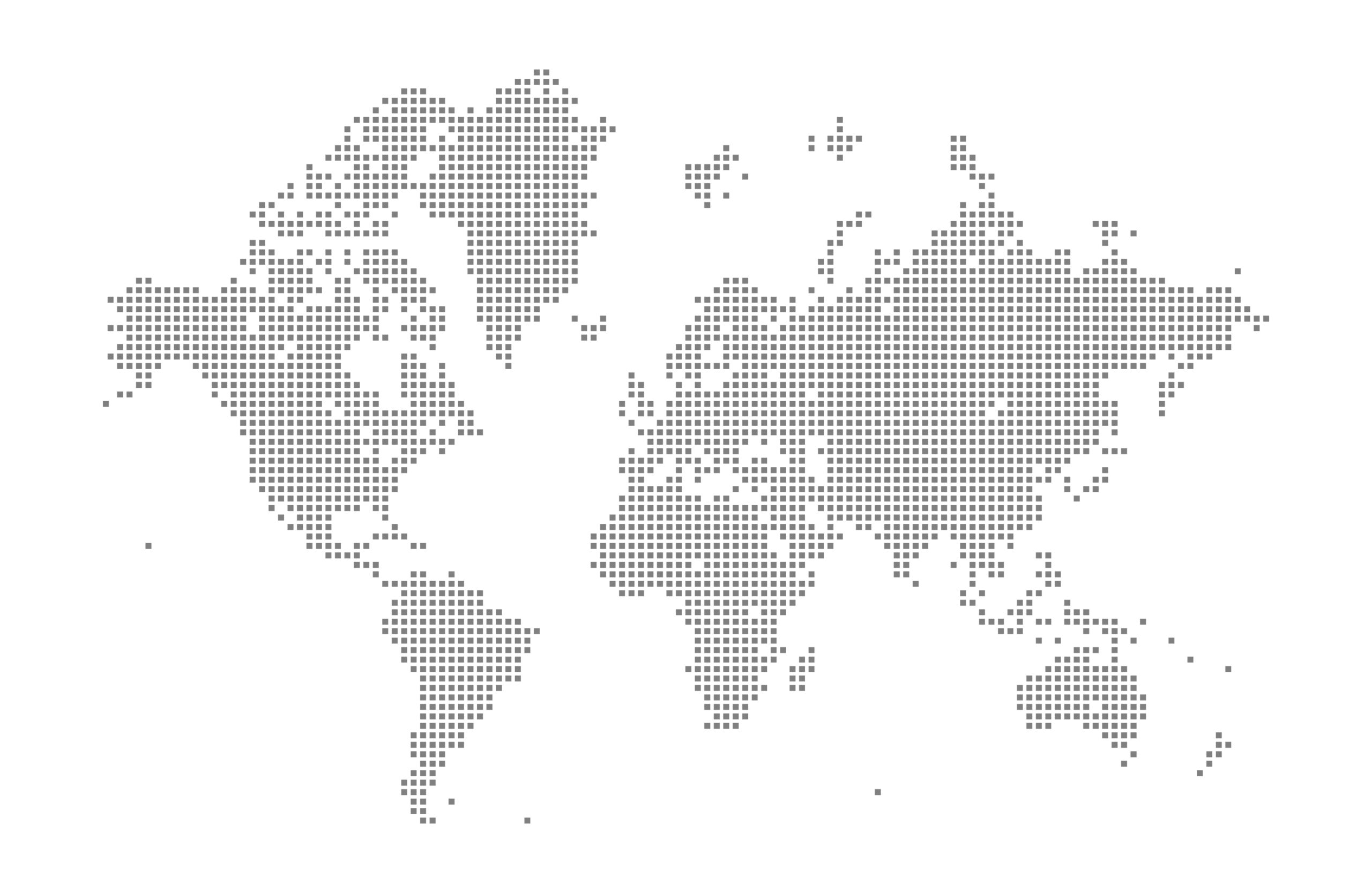
Enter the internationalist
In Conversation Approaching this year’s fiftieth anniversary of the Whitlam government’s election in December 1972, Griffith Review has curated a series of intergenerational conversations in collaboration...
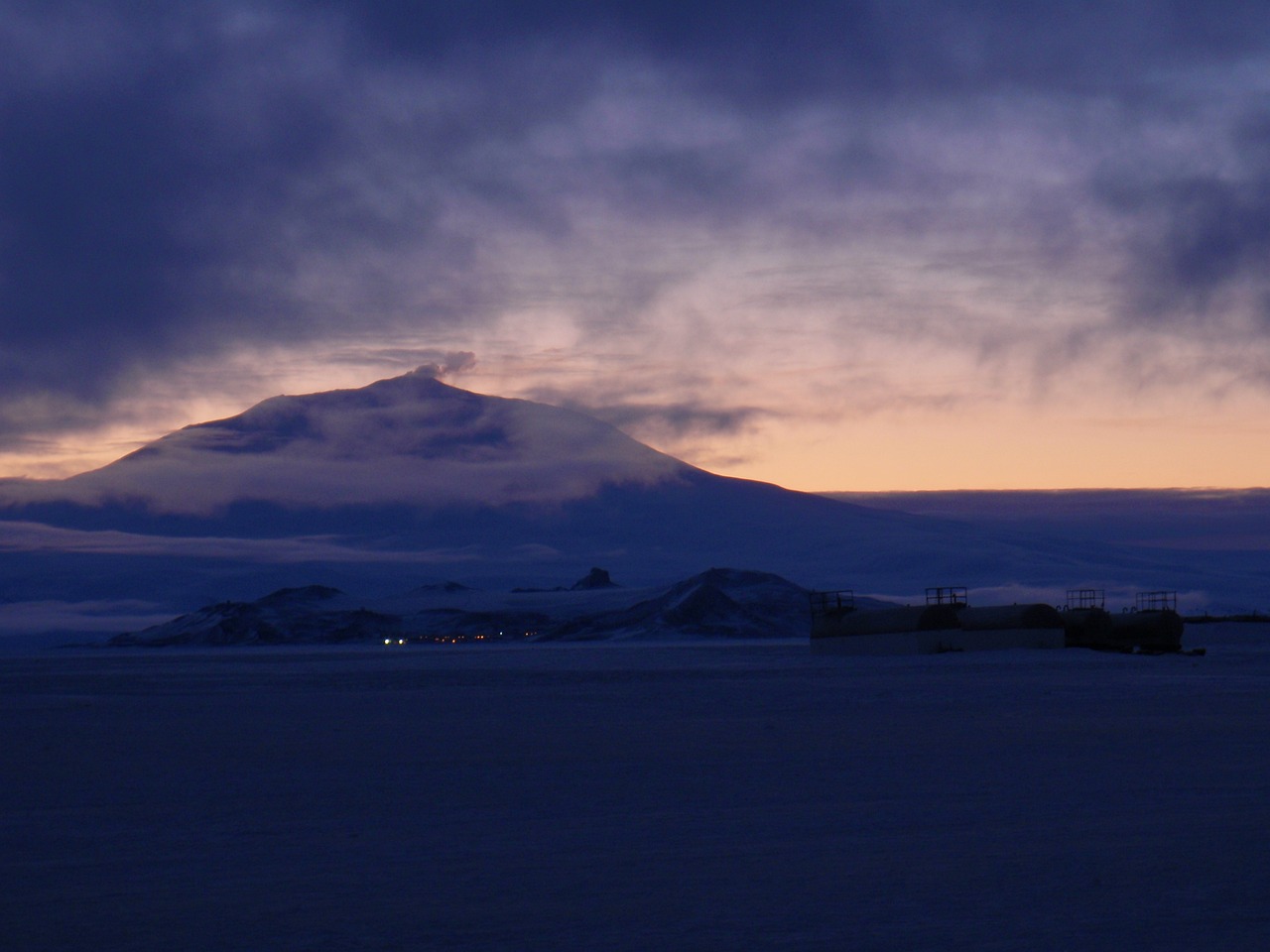
White day dreaming
MemoirWe linger together well past bedtime, talking of our children. The sun plays its part by refusing to set, doing an orbit around the horizon and waltzing shadows across the lounge. Below us are about eighty metres of ice floating on the waters of the Ross Sea. Further towards the mainland and buried some sixteen metres down in the ice are Scott, Bowers and Wilson, frozen into their sleeping bags and wrapped in their tent.
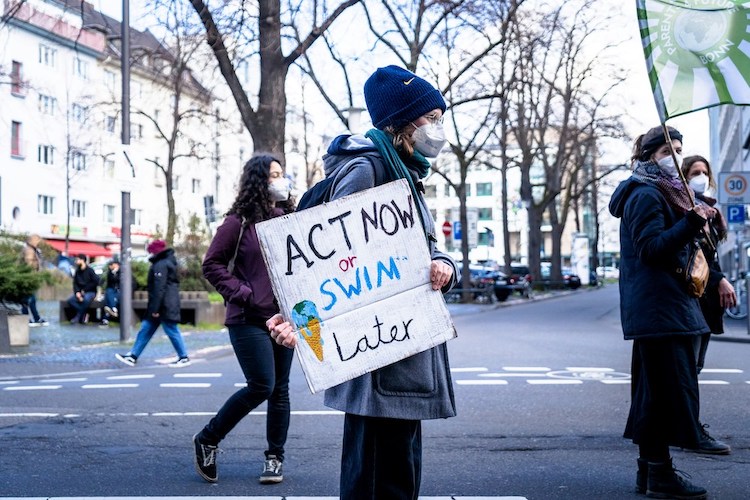
Audacious visions for the Antarctic
Memoir IT WAS EARLY 1984. It started with a phone call: can you do an environmental impact assessment of the effect of mining in Antarctica...